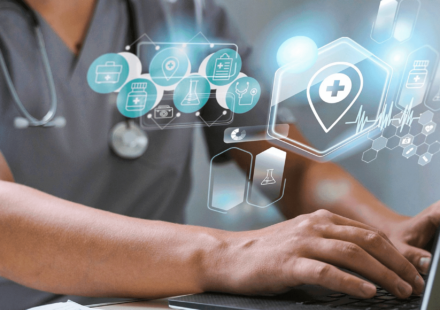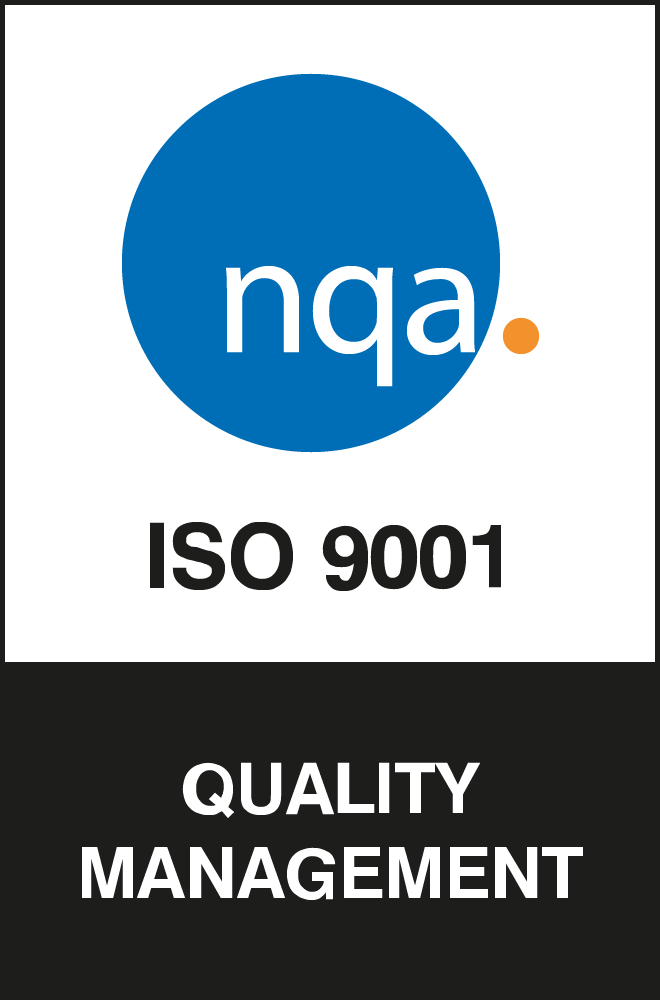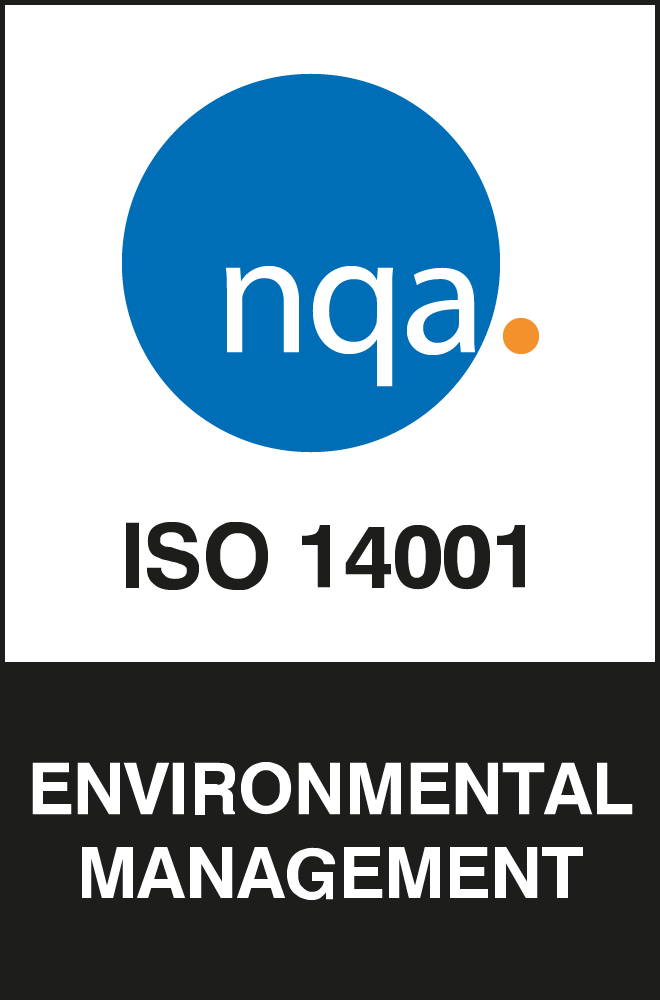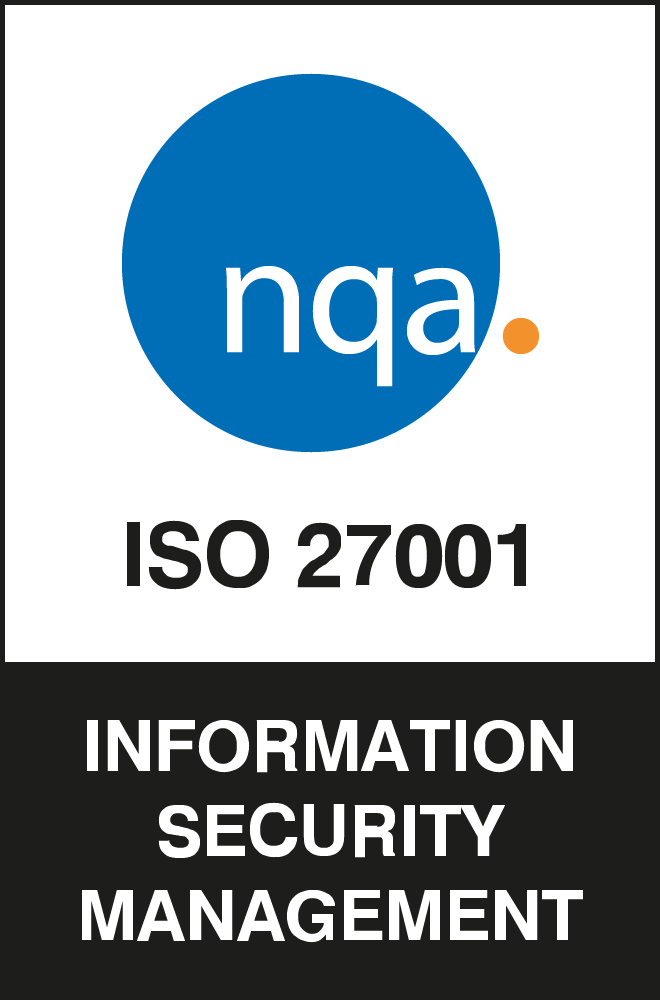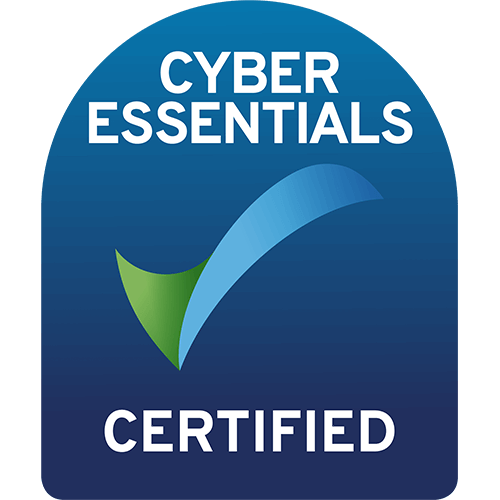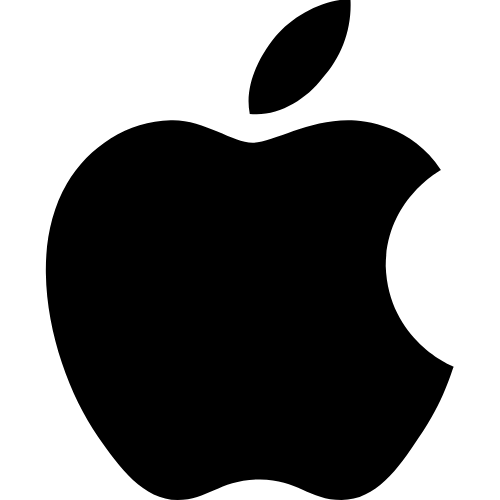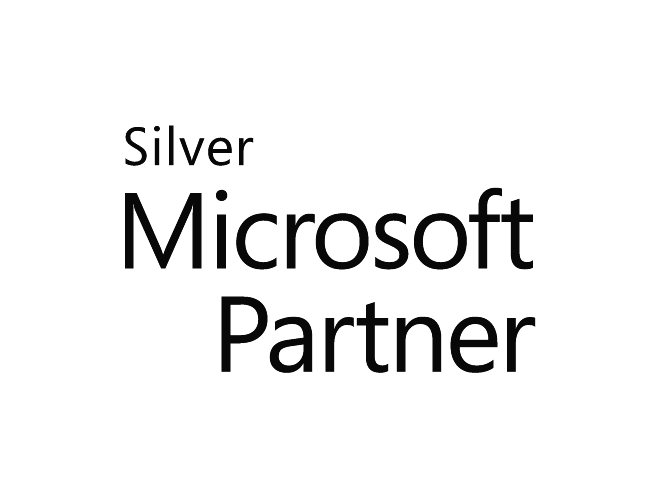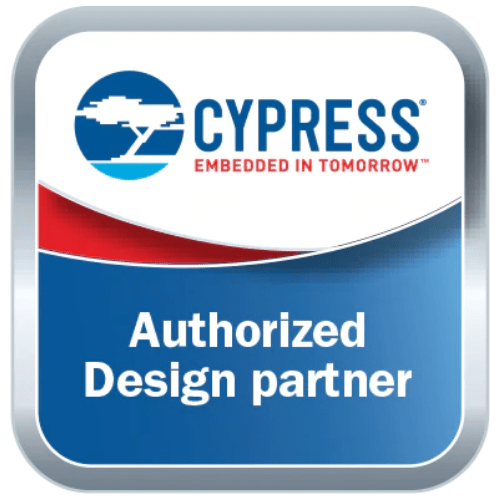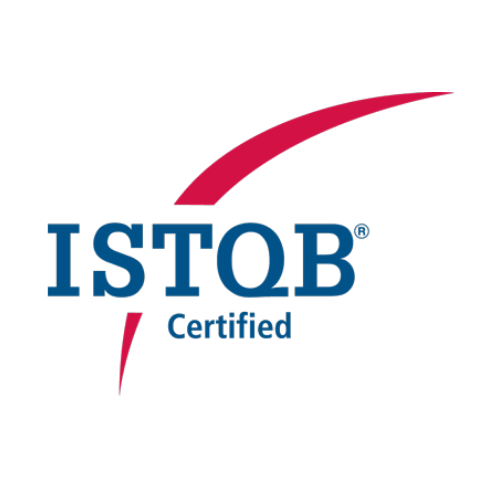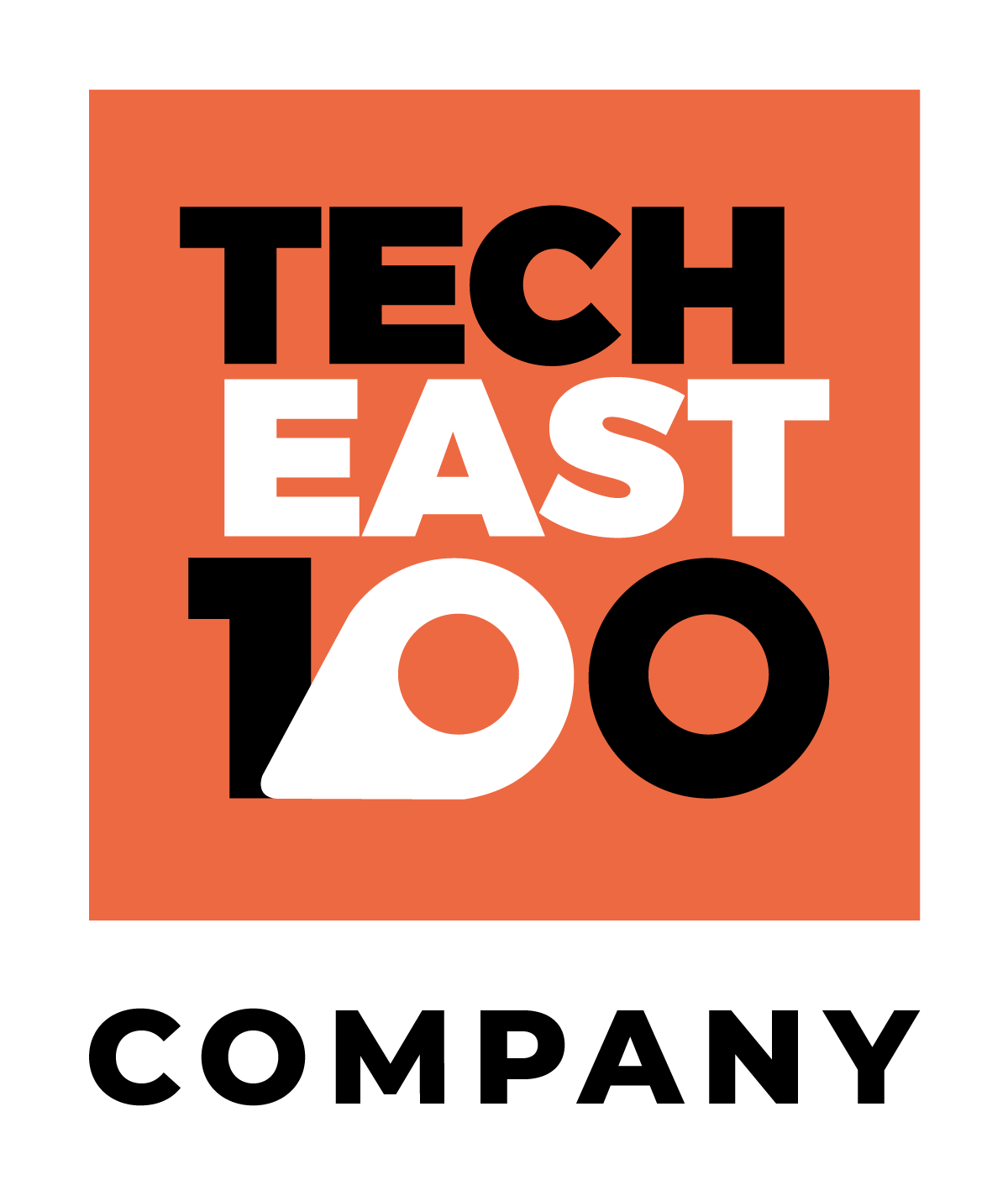For the healthcare industry, experts expect a more patient-centred approach in 2023, whilst continuing to ensure social distancing measures can be carried out to keep medical professionals and patients as safe as possible during such uncertain times.
For 2023 and the years following, technology will play a huge role in this approach and assist medical professionals to ensure the health and safety of the population.
Digital Healthcare Technology Trends
Remote Patient Monitoring
Technological advances in the wearables sector can mean that, in some cases, patients can get the same standard of care at home as they would in a medical facility.
ECG and EKG monitors enable doctors and nurses to monitor certain aspects of their patient’s health without them having to leave their homes.
This is going to become more and more popular as we adhere to social distancing rules and limit the number of people heading into hospitals and doctors offices going forward.
Virtual Care & Mobile Health
To comply with social distancing rules but maintain efficiency, healthcare providers around the world will continue to adopt virtual medical systems through which patients can order prescriptions, view test results and make and attend appointments with nurses and doctors.
This helps to free up time for both patients and receptionist staff.
On-Demand Healthcare
On-demand platforms that connect people to medical professionals who can offer advice on less serious conditions or illnesses during hours that GPs do not typically operate are becoming more and more popular in our 24-hour society.
This brings a host of benefits for workers who aren’t able to attend appointments during the workday.
On the other side of the coin, healthcare workers who use services like this can work more flexibly and sign in to assist patients at times that suit their schedules with issues that match their education and expertise.
AI Adjusted Health Insurance
Our shift to a more data and AI-focused healthcare industry means that health insurance providers will have even more information available to them to base their pricing on.
In the past, assumptions were made based on basic information such as age or whether you smoke cigarettes. However, with more medical data available to us than ever before as well as the ability to easily share this information, we can expect insurance providers to be able to make more accurate decisions and perform more advanced risk analysis.
This will result in more realistic and precise pricing strategies for customers.
Genomics
Genomic medicine involves using AI and machine learning to study illnesses at a genetic level and is so detailed that it can provide physicians with a much better understanding of what causes certain medical conditions so that more effective treatments can be developed with greater efficiency.
Genomic medicine also means care plans can be developed specifically tailored to an individual patient’s genetic needs for serious illnesses such as cancer or cystic fibrosis, for example.
Healthcare IT Trends
AI & Machine Learning
Improved AI and machine learning tools can help physicians to overcome several challenges that have existed within the field of medicine for years.
AI and ML enhanced diagnostic tools can help physicians diagnose and treat patients more efficiently and accurately – bypassing any conscious or unconscious bias that could impede the quality of treatment the patient can obtain.
Additionally, AI can be used to help with the development and testing of new treatments and medicines by simulating chemical and biological interactions before real-life testing commences so that the entire process is more streamlined and is likely to face further obstacles.
Cloud Stored Electronic Medical Records
Medical facilities will make better use of cloud storage systems for patient medical records and other large data files.
The use of cloud storage systems for medical centres to store patient medical records and other large data files is likely to become more popular.
By storing data on cloud-based platforms, efficiency is improved with patients and medical professionals able to access the files needed quickly and easily.
Stronger Cyber Security Protocols
The larger amounts of sensitive, personal data being exchanged via technology bring a demand for more sophisticated security protocols in 2023.
Emerging technologies such as blockchain systems can help with reducing the risk or loss or compromise of patient data.
With a public-private key, patients can have complete control over who can access their medical information with complete transparency.
Blockchain can also be useful for patients who need urgent medical assistance while travelling abroad as access can be given local healthcare providers without having to overcome language barriers to communicate medical information verbally.
VR for Education and Therapeutic Uses
At a time when medical students are largely unable to learn from traditional hands-on methods due to concerns about contracting the Covid-19 virus, VR technology will play a huge role in allowing students to gain (almost) real-life experience of how to perform in certain situations.
A tutor or medical lecturer could perform a procedure while wearing a camera that transmits real-time footage to students wearing VR headsets so that they can see exactly what it would be like to perform the said procedure.
With the growing need for medical professionals in this country but significant roadblocks posed to the education of future nurses and doctors due to the pandemic, VR technology is an emerging technology that will help to educate bodies and overcome these challenges.
Aside from its educational applications, VR is beginning to be used in various areas of medicine from helping patients cope with stress and PTSD to overcoming motor deficiencies and more.
Improved Data Sharing and Device Interoperability
In 2023, the amount of medical data obtained will begin to increase by 100% about every 73 days (Linchpin), from data measured by wearable devices like fitness trackers and smartwatches to the data collected by medical professionals in Covid-19 testing and treatment centres.
Because of this, interoperability between devices and operating systems is going to be essential to monitoring and improving public health on a large scale. If this data cannot be communicated between devices, and therefore organisations, its usefulness is limited greatly.
While there have been improvements in this area in recent years, we can expect further leaps to be made in 2023 and the following years as governments across the world prioritise and invest in the efficient sharing of medical data to conduct more effective Covid-19 research and vaccinations.
Technology Trends in the Medical Device Industry
Wearables
Wearable devices help patients to monitor and track symptoms of chronic or newly occurring illnesses by themselves
Wearable devices that measure heart rates, blood oxygen levels and more have become incredibly popular amongst consumers who wish to take a more hands-on approach to their health
Patients can use wearable tech such as ECG and EKG monitors, which offer greater control for consumers and allow medical professionals to have access to a broad set of data collected over an extended period, as opposed to the small amount of information able to be obtained from the average 10 minute GP appointment.
Smart Masks
Face masks have become an essential part of our day-to-day life – keeping us protected from airborne viruses such as the flu and Covid-19.
Yet, their use can, unfortunately, bring some drawbacks. For example:
- Disposable masks can damage our planet’s ecosystem when not recycled or disposed of properly.
- Masks also muffle the wearer’s speech – especially when talking on the phone and make it more difficult for those with impaired hearing to communicate with others if they rely on lipreading to understand others.
With smart masks such as the Project Hazel mask, the impact of these drawbacks can be reduced greatly. The Project Hazel mask created by Razer is designed to ensure safety with an N95 respirator, a detachable, rechargeable respirator and a wireless charging case with UV lights inside that are said to sanitise the mask while it charges. The mask also aids communication with a patent-pending VoiceAmp technology that reduces muffling and a clear design so the wearer is easier to understand. Additionally, the mask is fitted with automated lights that turn on when the wearer is in a dark environment and is made from scratch-proof, waterproof recycled plastic.
Other smart masks like the AirPop Active+ are fitted with sensors that monitor the wearer’s breathing and local air quality to inform them of when they need to replace the filter.
Hospital Hygiene Tech
Hygiene, health and safety have always been paramount in medical settings, but the Covid-19 pandemic brought with it the demand for even more stringent sanitisation measures and as always, technology is there to meet said demand.
Experts predict more and more medical facilities around the world will introduce autonomous devices that help to sterilise the air and surfaces in hospital rooms with ultraviolet lighting as well as temperature sensors at the doorways of GP surgeries to detect patients who might be experiencing high temperatures as a symptom of something more serious.
Medical Robots
Robots are already assisting human surgeons with minor tasks within operating theatres, but 2023 will see their role increase and become more common in healthcare scenarios separate from surgery such as disinfecting and packaging supplies as well as helping patients with their rehabilitation.
These autonomous devices are perfect for supporting medical professionals in the role they are assigned to which first of all reduces the likelihood of mistakes being made but also means social distancing can more easily be maintained in smaller spaces.
Computer and Machine Vision
There has been significant progress in the creation of technology that allows computers to ‘see’ and understand visual stimuli which have created exciting opportunities for its use in the medical industry.
Whilst still in its early days and operating in limited settings, machine vision is being used for viewing scans and medical imagery to accurately diagnose illnesses.
For example, using computers to ‘view’ CT scans and detect neurological and cardiovascular illnesses as well as identifying tumours in X-ray images.
3D Printing Technology
3D technology has been instrumental in improving various aspects of the healthcare industry from orthodontic research to surgical simulation and as the technology becomes more sophisticated we can expect its medical applications to become even more far-reaching in 2023 and onwards.
An example of how this technology can improve the success rates of invasive surgical procedures is by 3D printing patient-specific replicas of organs before the surgery so that as much preparation as possible can be done. Alternatively, 3D printers can be used to make cost-effective prosthetics and organs for transplant.
Do you have an idea that could revolutionise the healthcare industry?
Innovation and medicine tend to go hand in hand so there’s no doubt that there will be even more exciting trends emerging throughout the year to keep up with.
If you have an idea for an app or software project that could help revolutionise the healthcare industry, our team has over 20 years worth of experience bringing projects to life so get in touch with us today.

